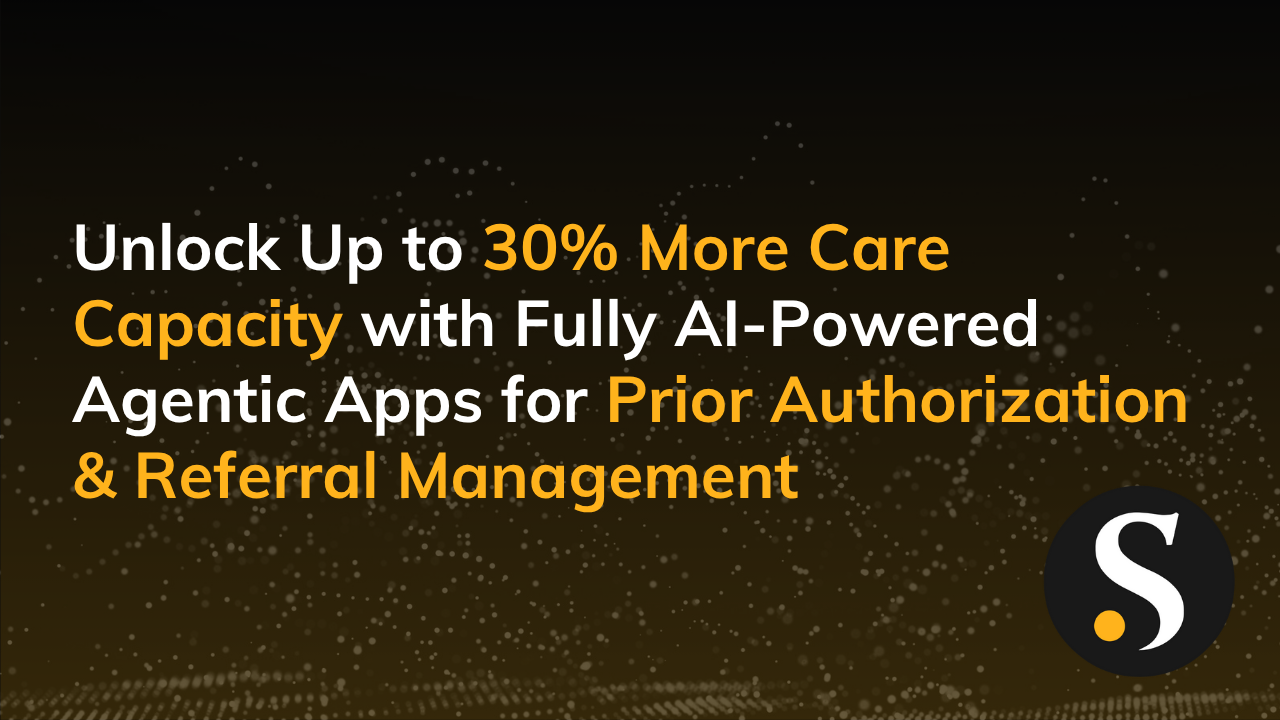What should our Power BI deployment team look like? We get asked this question a lot.
Of course, the answer is: It depends. (Every consultant’s fallback.)
Complex Power BI deployments will require carefully orchestrated roles with clearly defined responsibilities. That complexity will be a function of the number and type of end-users (are they just consumers of prepared data or will they be building report tools?), whether you have chosen Power BI Premium or Power BI Pro, how buttoned-down your security policies are, and how data is used by business units.
Even for simple Power BI deployments, you must fill some very critical roles. You might have a dedicated employee for each job or one person wearing a few hats. Either way, you need to know precisely how to build this team.
What follows is a rough guide to the roles you need to fill, the responsibilities associated with them, and the skills required for each. By the end of this, you’ll already be on the right track to building your Power BI deployment team.
Power BI Admin
The Power BI admin role configures the Power BI setup. This is essentially the architect responsible for making sure the components of the platform hang together—not the reports, but the plumbing. Responsibilities include:
- Setting up the platform.
- Coordinating integration with Office 365.
- Assigning Power BI licenses.
- Monitoring Power BI usage.
- Managing gateway.
- Administering Power BI tenant settings.
Power BI tenant settings are critical. It’s where you enforce a multitude of governance policies. For example, do you let someone download a .pbix file? Can they export to Excel? These may seem like trivial questions, but the ramifications of your choices can impact everything from end-user frustration (or the lack of it) to security breaches.
Your Power BI admin should understand IT service management and authentication processes. They should be able to navigate the MS365 admin portal and be fluent in what the Power BI tenant settings mean. Ideally, they have been responsible for enterprise security in the past and bring that history of the organization’s policies to these new policing mechanisms.
Power BI Capacity Admin
This deployment team member needs to prioritize Power BI Premium capacities for company workloads and manage how your organization uses them. This is not so easy to do.
Microsoft does that work for you if you are on Shared Capacity (the typical Power BI Service account). Learning how to do what they do—making sure you are balancing loads for best performance and assigning Workspace Capacity appropriately—takes some learning. Your Power BI capacity admin is responsible for:
- Setting up Premium capacities.
- Coordinating with the Office 365/Azure team.
- Assigning and managing workspaces
- Managing those workspace capacities
- Collaborating with data architects and development teams.
Data Security Manager
Data security managers are responsible for data residence, auditing, and data policy enforcement. They use audit log search and data classification settings in the Power BI admin portal to track data movement. They ensure that the company follows all security compliance policies, so data is always stored securely without compromising accessibility.
Look for data security managers who have in-depth knowledge of IT services management, auditing, and security classification. For example, they should know who has access to backend data all the way down the chain and what kind of permission is set up along an entire data pipeline.
Data Steward
A data steward creates and upkeeps business metadata and rules, assesses and enhances data quality, maintains data catalog and dictionary, and facilitates collaboration among business and technical stakeholders. Tech-savvy business users can make great data stewards (classically, this has been a business user role).
But the more sophisticated the technology, and the more development touches a data steward has with the models, the more likely it will be that you need someone with deep technical skills. They must be skillful in data modeling, mash-up, and provisioning. They should also be familiar with Azure Data Catalog for Metadata and Power Query.
Data Architect
Data architects are often the heroes/heroines of the data story. They are the wizards who figure out how to get the data from the back end to the front end.
In a world of ever-evolving tools, architects need to be business savvy and they need to possess deep technical skills. Data architects must know what’s possible in the cloud architecture (), even if they don’t end up capitalizing on those possibilities.
To the extent the data architects are the ones who write the ETL, they also need to be skilled in data modeling and design, ETL scriptwriting, setting up jobs, and keeping the flow from the back end making it to the front end.
BI Developer
BI developers build stuff. Ideally, they are joined at the hip with business teams or data analysts getting the requirements. A lot of the time, these BI developers are business analysts. That certainly is part of Microsoft’s vision— the dream of self-service but with all the sophistication of rigorous models.
It’s hard to find people that have deep DAX, modeling, Power Query, and visualization skills who are also good at analyzing the business. If you find such a person, reward them well or someone else will.
Power BI Champion
Your champion is the linchpin of Power BI adoption in the organization. This person is a talker, a cheerleader, a critic, and a business expert. The Power BI champion should have tentacles across business units and take every opportunity to promote results people achieve through the platform.
This may sound like a corny role, but it’s anything but that. Your Power BI champion needs to be articulate, discerning, and aggressive about the deployment mission. They need to figure out what’s working (especially around adoption) and change course quickly if it’s not working. They also must have some power in the organization or be connected to someone who has power.
Building Your A-Team For Power BI Deployment
An enterprise Power BI deployment is challenging, regardless of the scope of the job. The human/social blockers are usually more formidable than the technical blockers.
Promoters of Power BI need to understand that this is sensitive territory. Not many people feel comfortable with the data that’s shown in pictures—they’d like to be okay with it, but they aren’t. The next generation of leaders will probably be different. But interactive visually-based storytelling is still in its infancy and new to most organizations.
Overcoming the people factor, along with the tremendous learning challenges, will be the biggest hurdle for your Power BI deployment team. You need to support them. You need to understand that these are uncharted waters for most of them. Ask yourself:
- Does the team have the resources they need?
- Do they need external support (i.e. consultants, outside experts)?
- How will you compensate them for this lift when many of them still have a day job in addition to this new role?
- What kind of time pressures are real and what can be loosened in case things take longer than expected?
- How will you provide the support they need when the technical obstacles overwhelm them?
Not sure where to get started? Our Managed BI services may just be the right first step for you. Our experts strengthen and support your team to get Power BI up and running.




